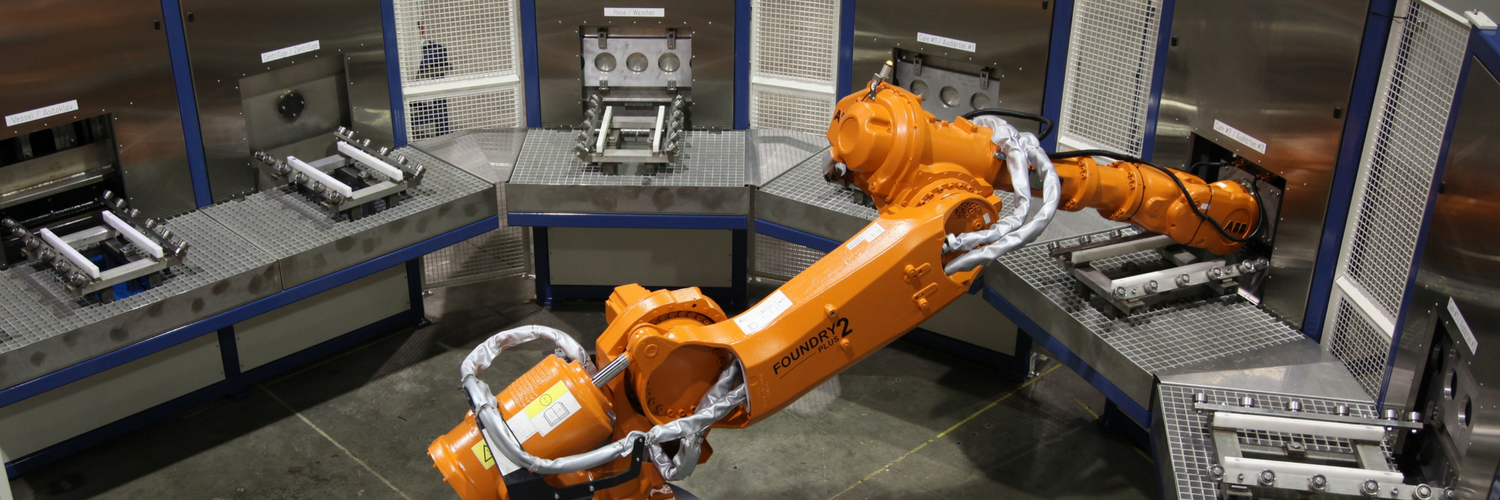Godfrey & Wing has published an article in Foundry Management & Technology titled "Continuing Advances in Vacuum Impregnation Systems". This article discusses the manufacturing safety and manufacturing production advancements in vacuum impregnation equipment. You can read the entire article below.

The beginning of the 21st century was a turning point for vacuum impregnation safety and production quality, and in less than two decades there have been significant improvements in that technology, a process that had been essentially unchanged since the 1950s.
What is Vacuum Impregnation?
Vacuum impregnation seals defects that form during the casting or molding of metal parts, defects that include microscopic pores and leak paths in the casting wall. The technique seals the defects without changing the casting’s dimensional or functional characteristics, with the result that parts that otherwise would be scrapped can be used for the design purpose.
Developed in the 1950s, the process was adopted quickly in various industries, particularly in automotive and aerospace sectors, and it became the preferred method to prevent leakage of fluid or gases under pressure.
Until the mid-1980s, most automotive OEMs handled the vacuum impregnation process in-house. They used batch systems, in which workers would load multiple parts into large baskets for processing. This approach typically had a cycle time of 30-40 minutes. To increase productivity the operators would increase the size of the process equipment, but this was accompanied by a reduction in finished product quality and process safety....




